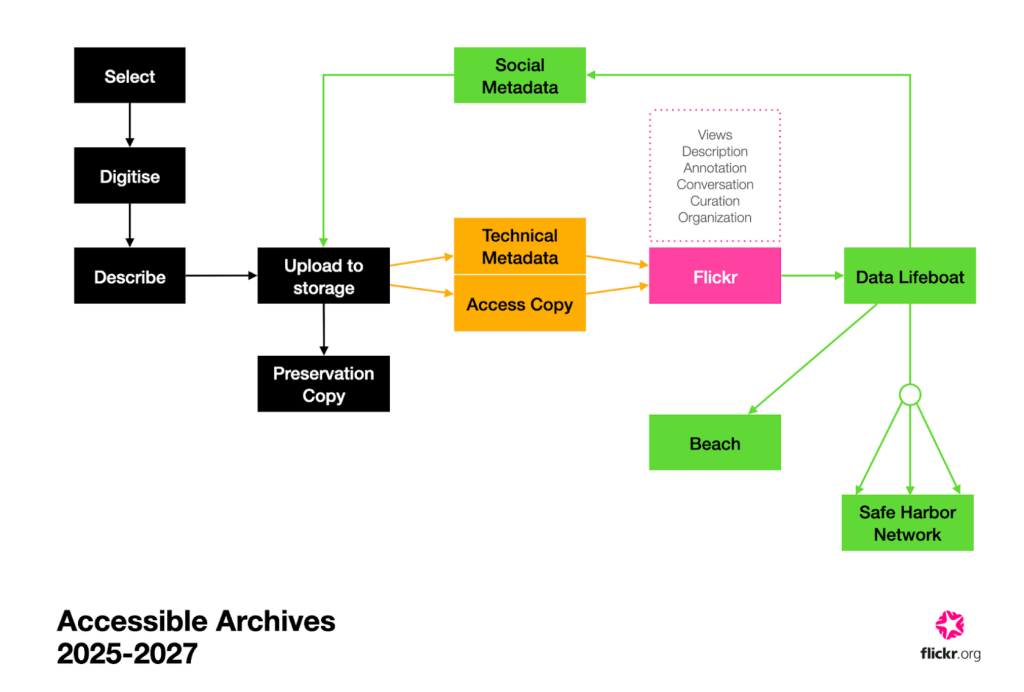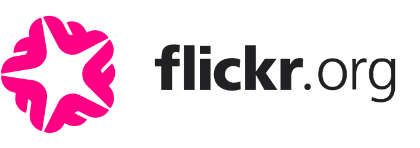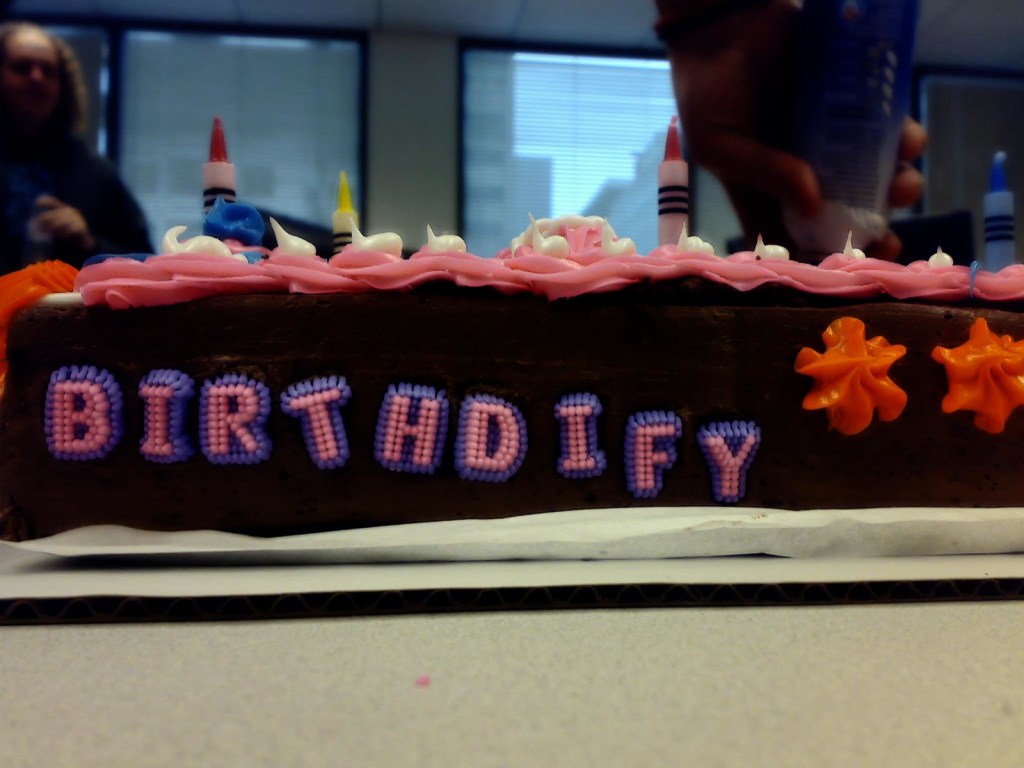On our weekly team call yesterday, I was wondering out loud how to publicise the strategy we’ve been developing for the next three years. Sometimes these things—that take so much thought to produce—seem so ephemeral, especially to people outside your group. I think it’s OK though, because a big part of working here, at the Flickr Foundation, is writing and documenting what you’re thinking and doing. We are taking our 100-year outlook to heart, and that means continually imagining how we can help future members of the team, or interested viewers along the way.
Therefore, allow me to introduce you to our 2025-2027 strategy, which we’ve named Accessible Archives, wherein we tack towards the entire lifecycle of a digital image, from its creation, to publication, to sharing, returning to preservation.
We are developing a complete digital archiving workflow designed for images: from selection and digitization to sharing via Flickr.com to long-term preservation through the Data Lifeboat system. The workflow is designed to balance traditional archival principles and practice with modern social engagement to keep cultural materials meaningful and accessible over time.
Our Vision: Social Archiving
Social archiving acknowledges that digital content exists within communities and relationships, not just as isolated artifacts. In our experience, working to archive things in this way is often constrained by fixed collecting policies and stretched budgets, but we contend that social archiving distributes preservation responsibility across networks of people who care about the broader mission – similar to SETI, but for preserving our digital histories rather than messages from space.
This paradigm addresses some of the biggest challenges in digital preservation. While traditional institutions have limited capacity and resources, empowering individuals and communities to participate in preservation efforts for content they value creates a more sustainable model.
The personal connection is the cornerstone of this approach – people preserving media from communities they’re part of or care about. We believe this emotional investment drives and distributes better long-term preservation than purely institutional approaches could achieve alone. It decentralises the power of what gets preserved, creating new ways to save more representative and diverse collective histories.
Through tools like Data Lifeboats landing on personal “beaches” or connecting to the “Safe Harbor Network,” people can preserve not just their own content but also maintain the crucial context and relationships that give that content its meaning. Community members become the stewards of their shared digital heritage, enabling self-determined histories and ensuring that what matters most doesn’t disappear when platforms change or shut down.

Facets of the Accessible Archives strategy
Create your digital image: select, digitize, describe, upload to storage
For digital content to be discoverable, it needs good descriptions from multiple perspectives. This facet focuses on digitization management software, best practices, and grants for smaller cultural organizations. We support cultural institutions and image makers in digitizing and describing materials before publishing. We’ll carefully use generated descriptions to supplement or complement any existing image descriptions using widely adopted LLM technology..
Publish your digital image: upload an ‘access copy’ and its technical metadata to Flickr.com
Our R&D distinguishes between technical metadata (created when a digital artifact is made) and social metadata (annotations or arrangements by people). This initial publishing step emphasizes technical metadata and baseline descriptions, and sharing a lightweight copy of each image.
Share your image with a huge global audience
Flickr.com is central to our strategy. At 21 years old in 2025, it remains “a great place to be a photo.” Within Flickr Commons, photographs held by our member institutions have received 4.54 billion views, with an engaged community who adds descriptive context, curates them into galleries, adds keywords, and shares and remixes the work. Social metadata added on Flickr.com provides valuable context, though traditional archives can struggle to incorporate it, and we’d like to make this metadata available for everyone because it diversifies the content and commentary of our shared cultural heritage.
Preserve an enhanced version of your metadata or store archival copies.
Most of the Flickr Foundation’s work so far lives here. Our Data Lifeboat concept has developed into an Alpha-ready software with 2,000 potential testers. It archives Flickr content for external storage, including others’ photos (with permission) – unlike typical data dumps most platforms provide. With technical and social metadata combined, images can be maintained with critical context intact.
Data Lifeboats need to be put somewhere once they’re made, whether they live on personal “beaches” (like your hard drive) or docks in our “Safe Harbor Network,” a managed network designed for long-term integrity and access. Our R&D confirms Data Lifeboats are needed, by both individuals and institutions, and the Safe Harbor Network is viable.
How strategy helps us
It can be such a struggle, can’t it, when you’re not working for profit and feel you must contort your direction towards possible funding pots. It’s gratifying that this outline, this plan, is helping direct our work—at least so far. We are able to construct grant proposals against it, and imagine how parts of our work and thinking lock into it.
But hey, the world is bananas and every US nonprofit is suddenly adrift, looking towards the shore for signs of life and the support of our great and good cultural infrastructures which are steadily being broken down by the current government. It’s so difficult to work steadily when you’re under this kind of unpredictable pressure on your very survival, but here we are. Diagram and everything. Walking forward as a crew, considering how to meet a huge challenge.


